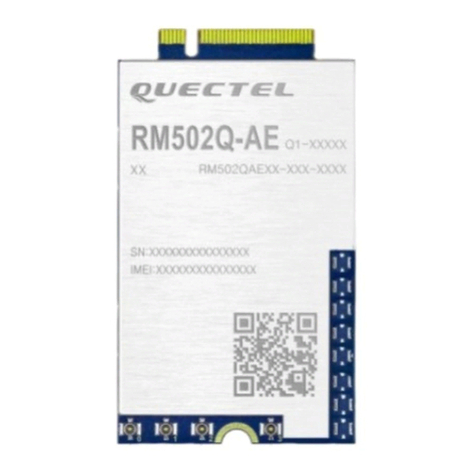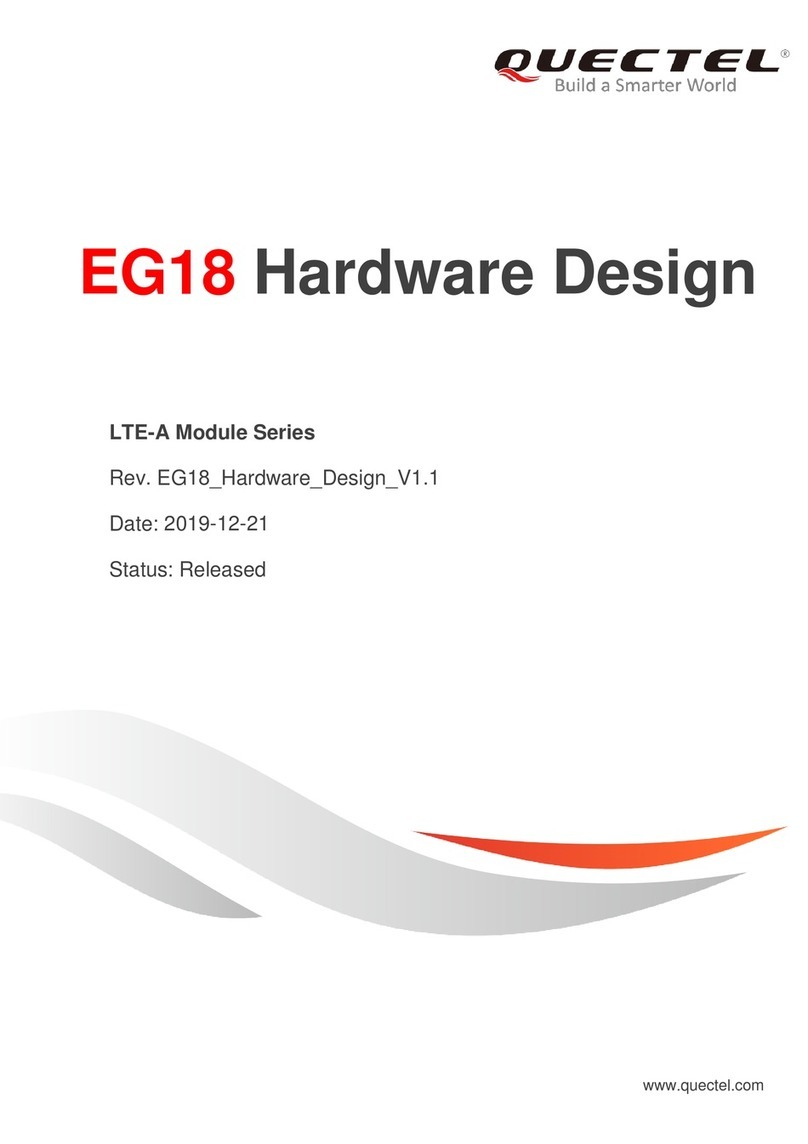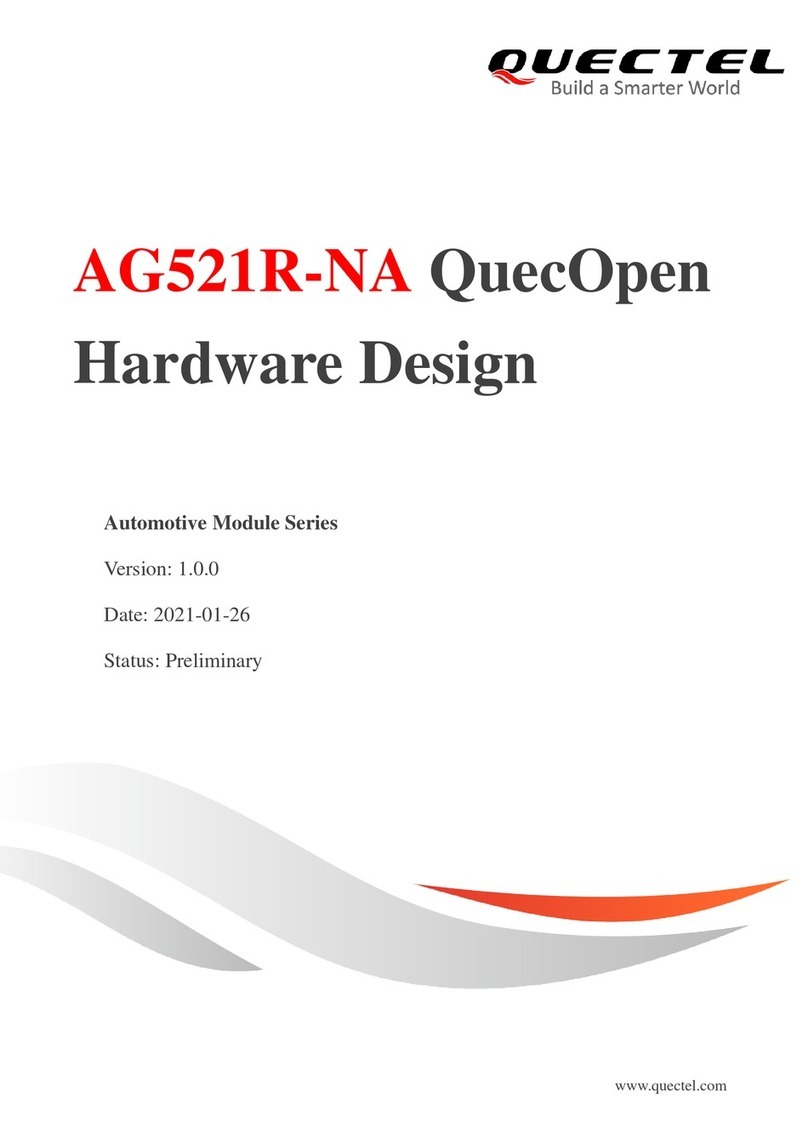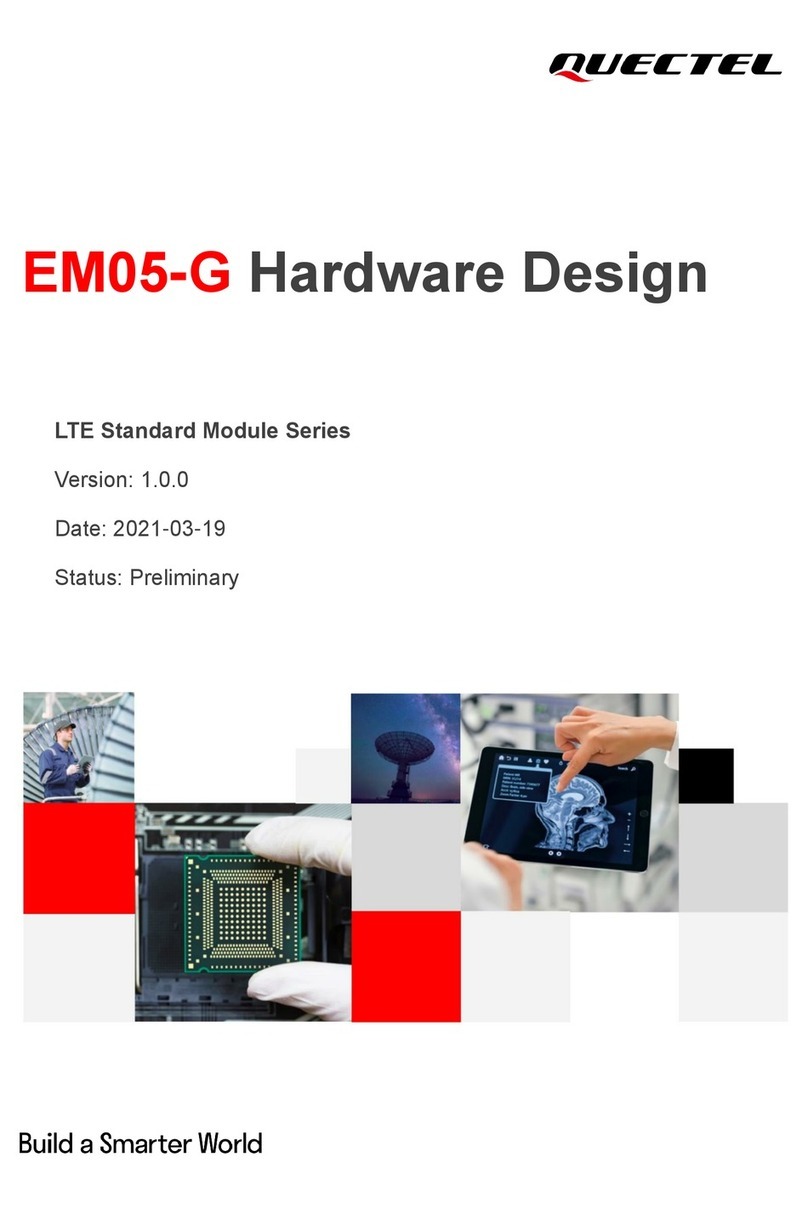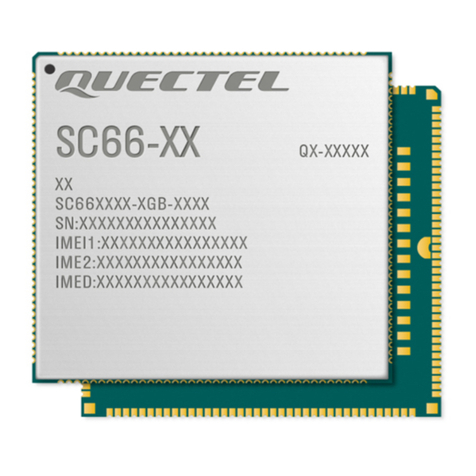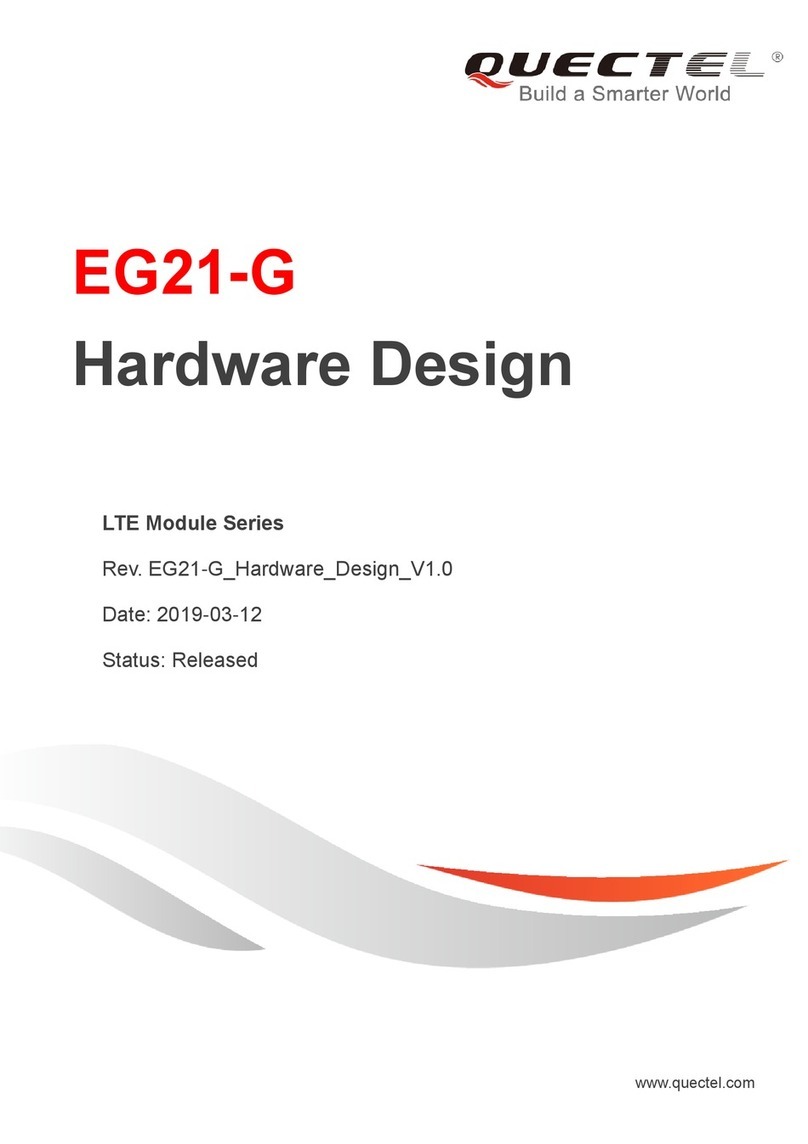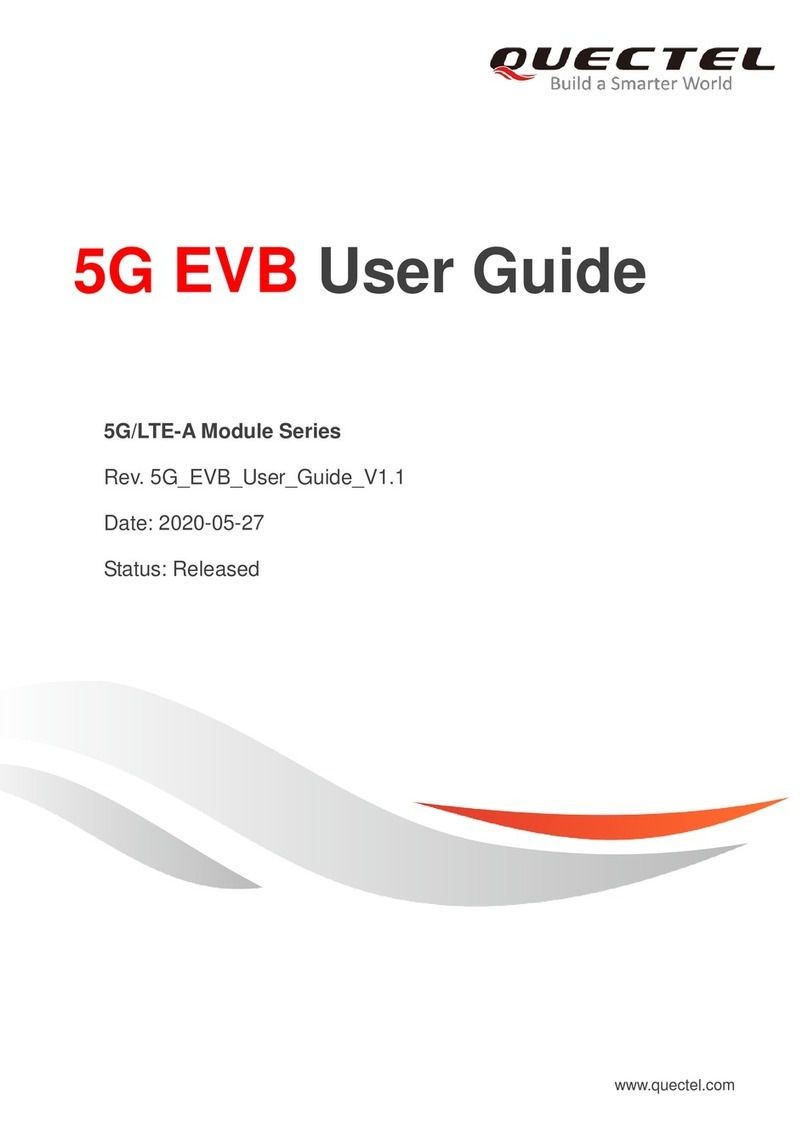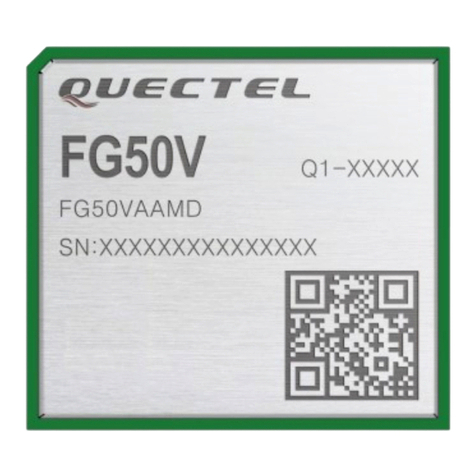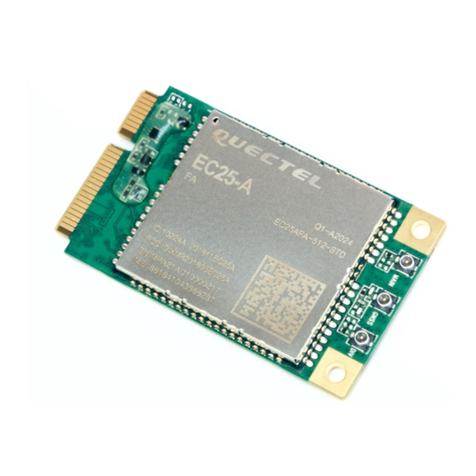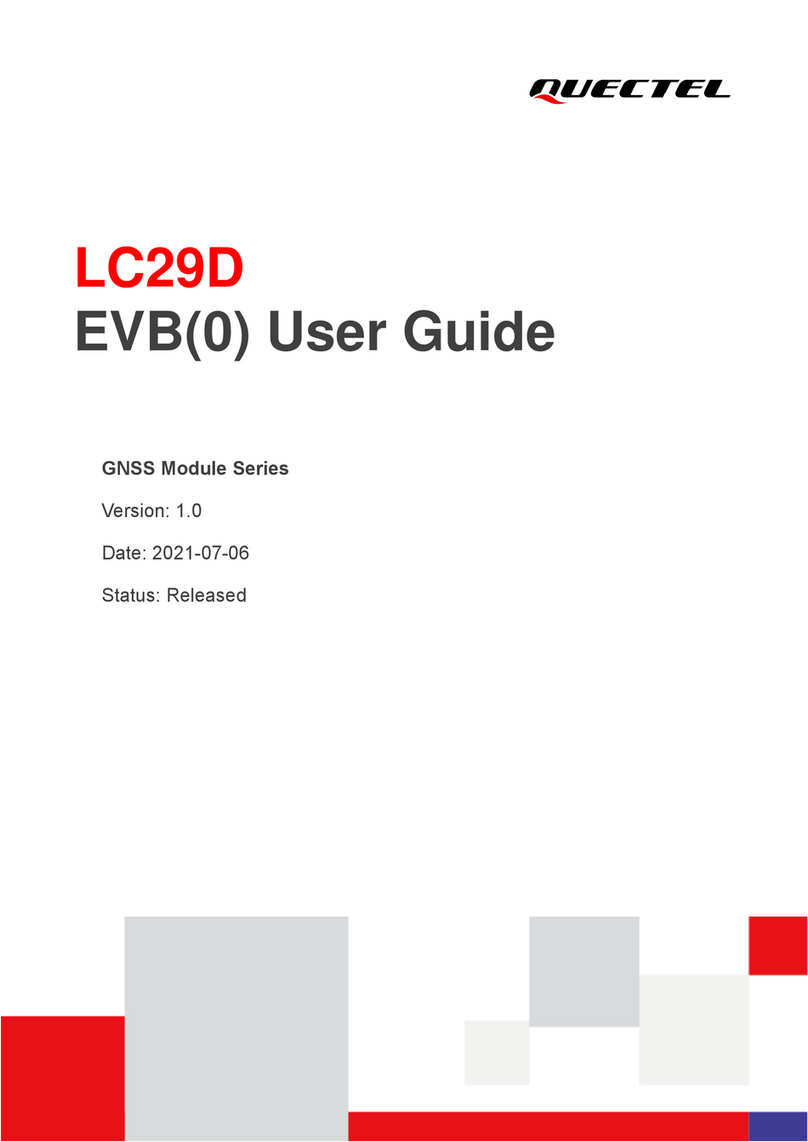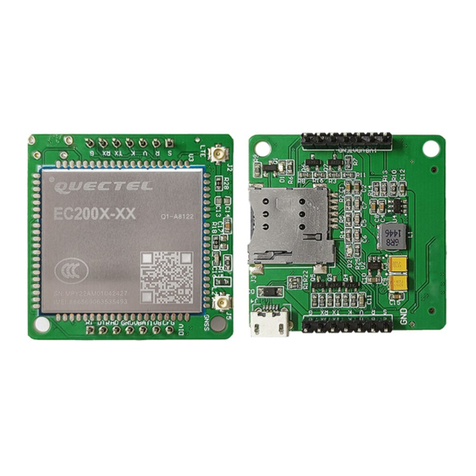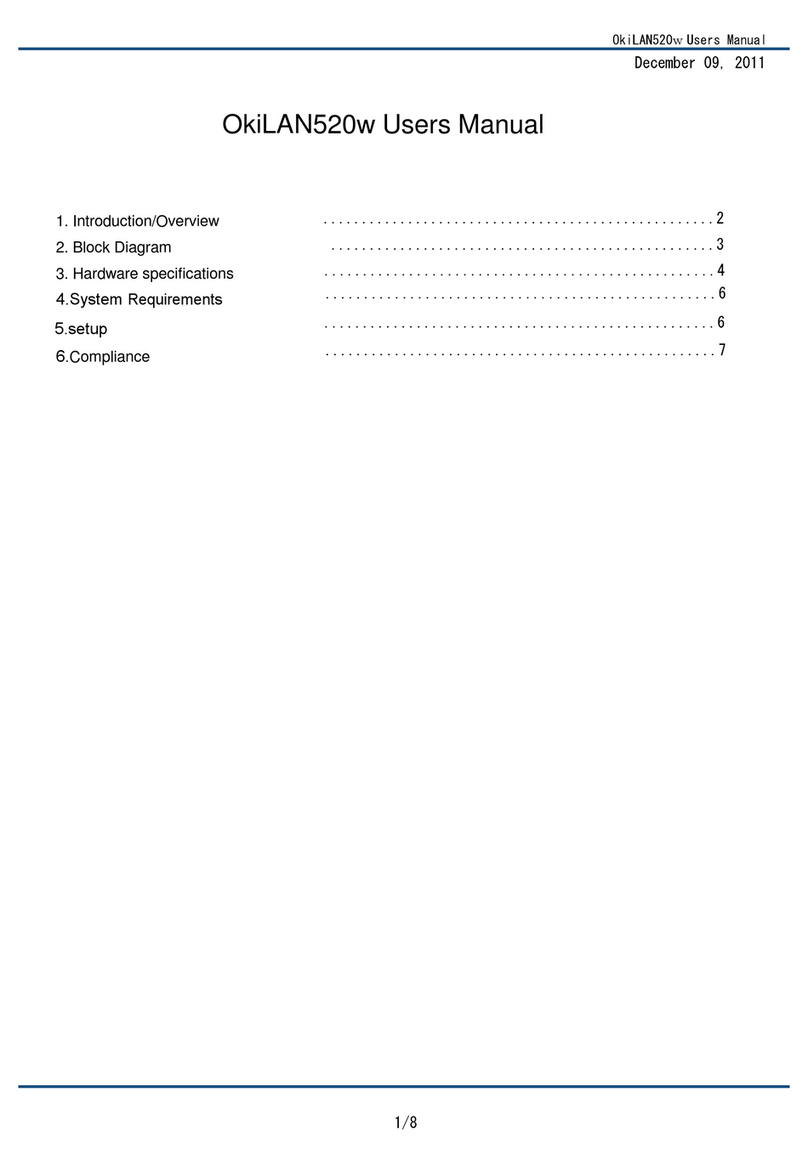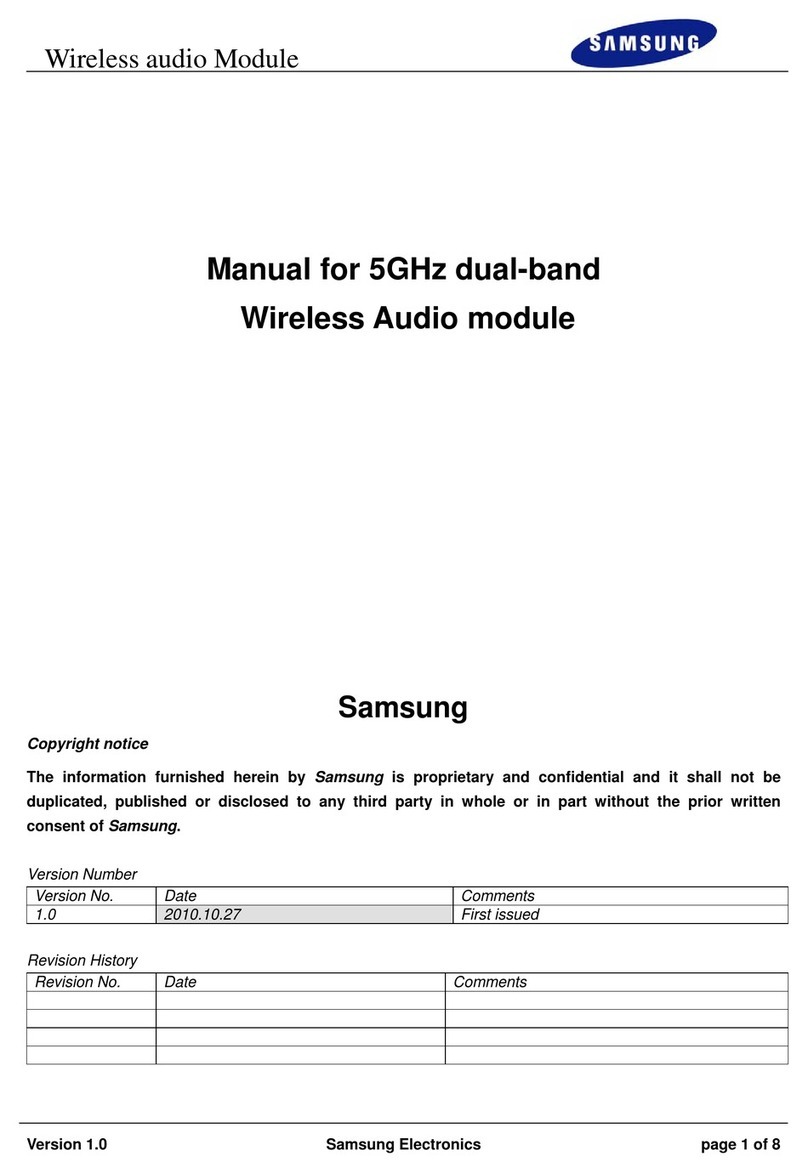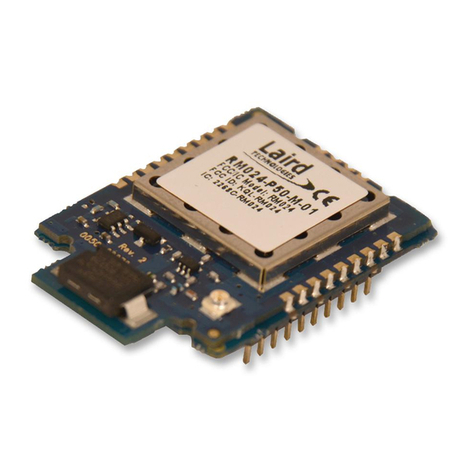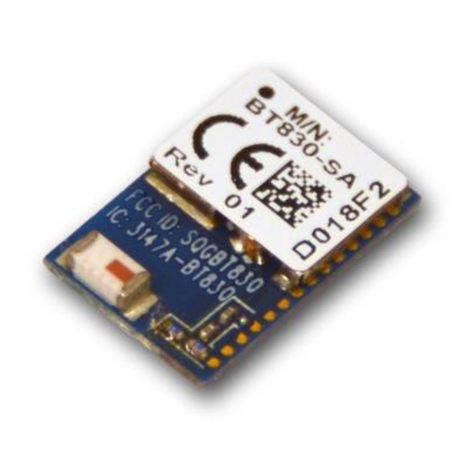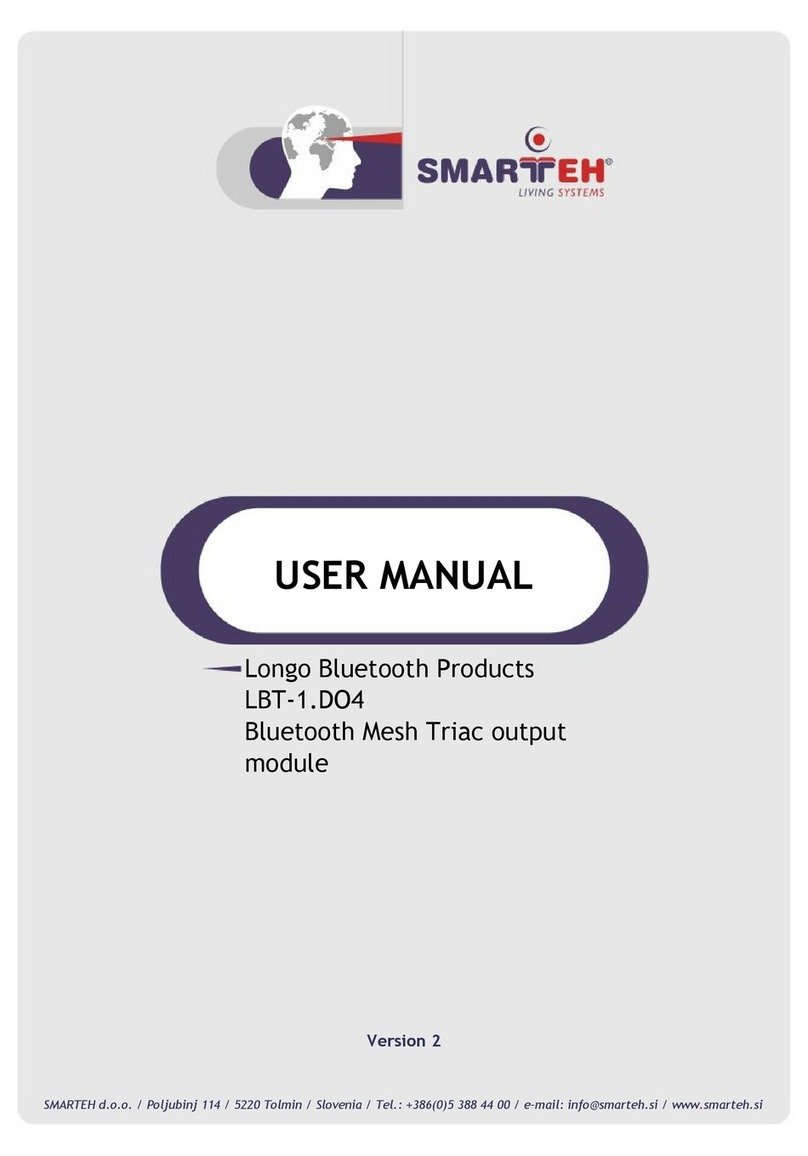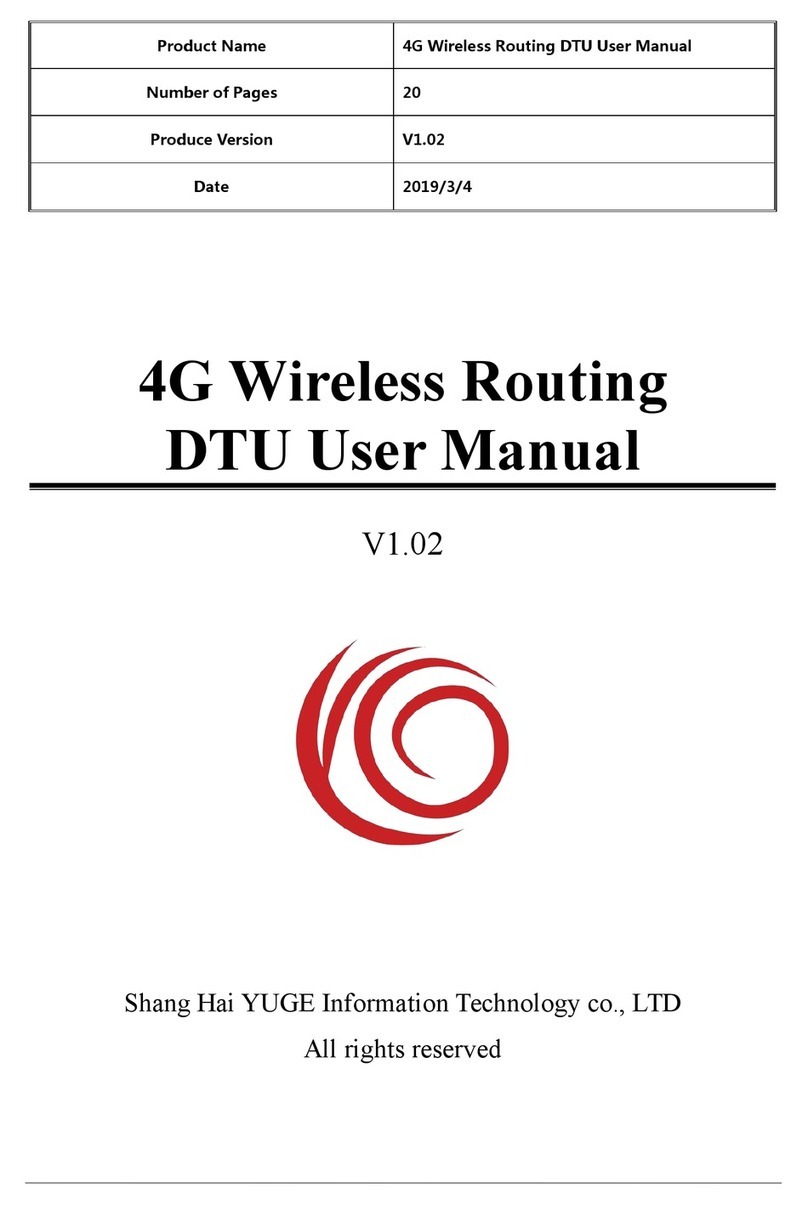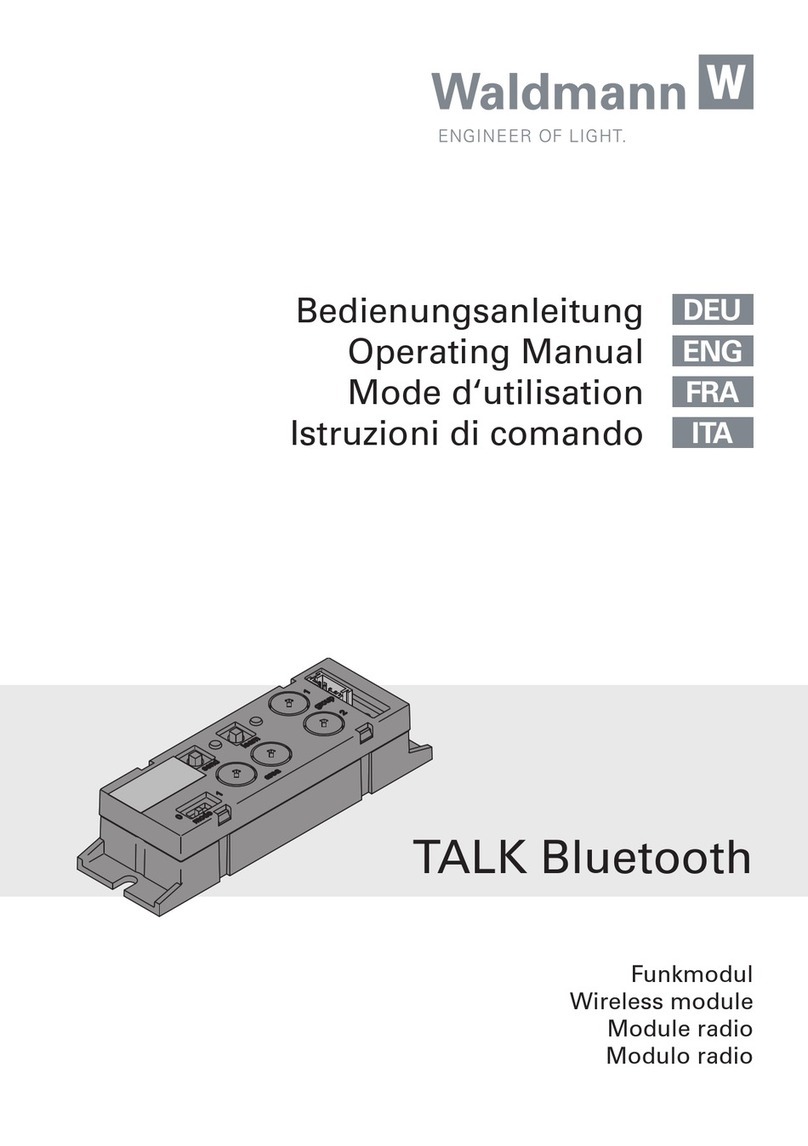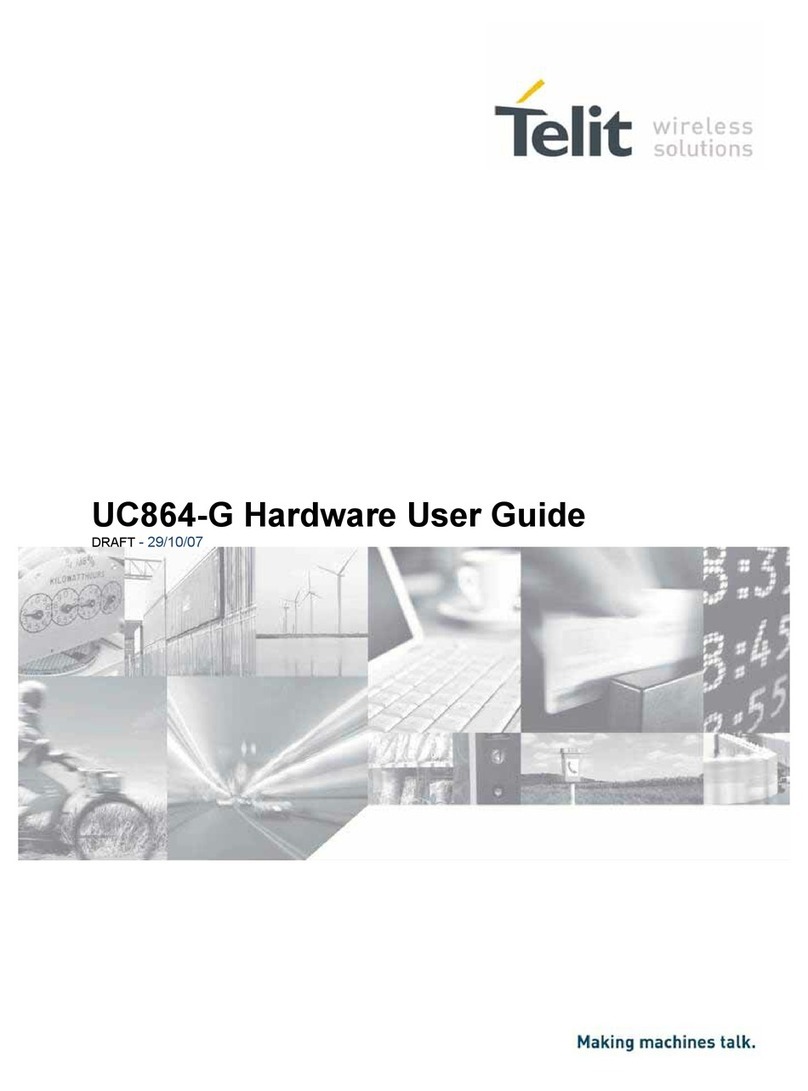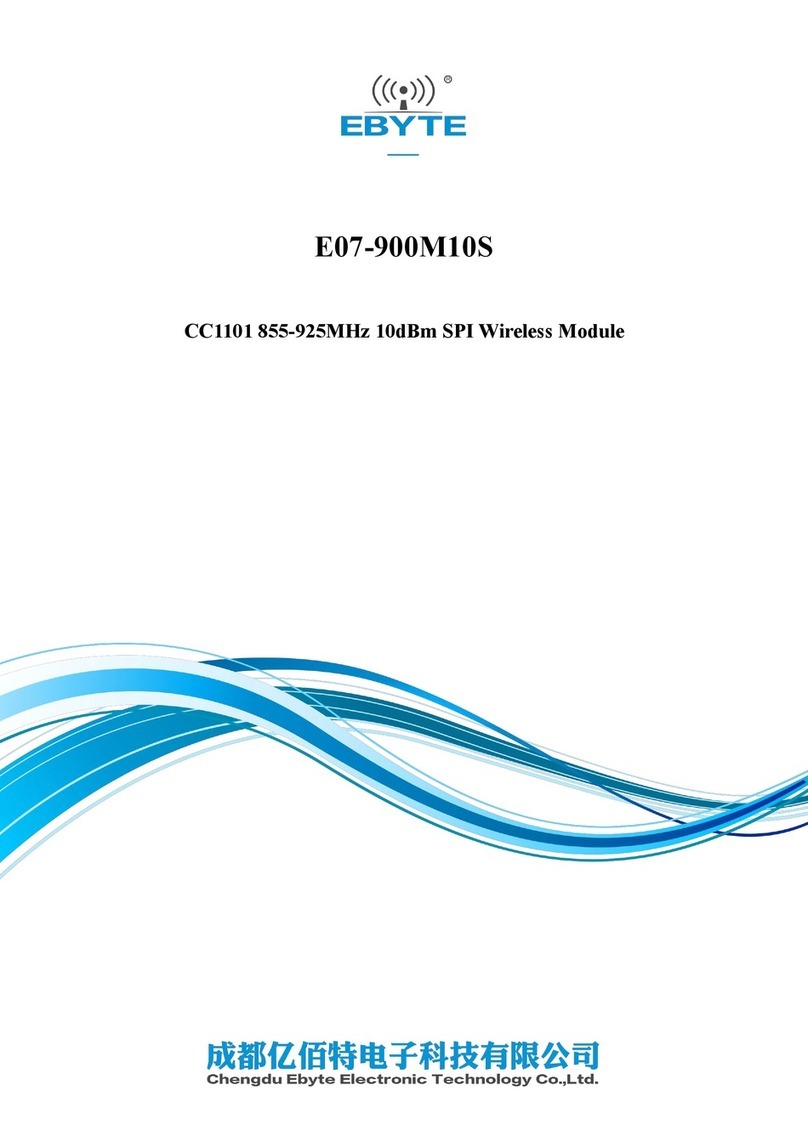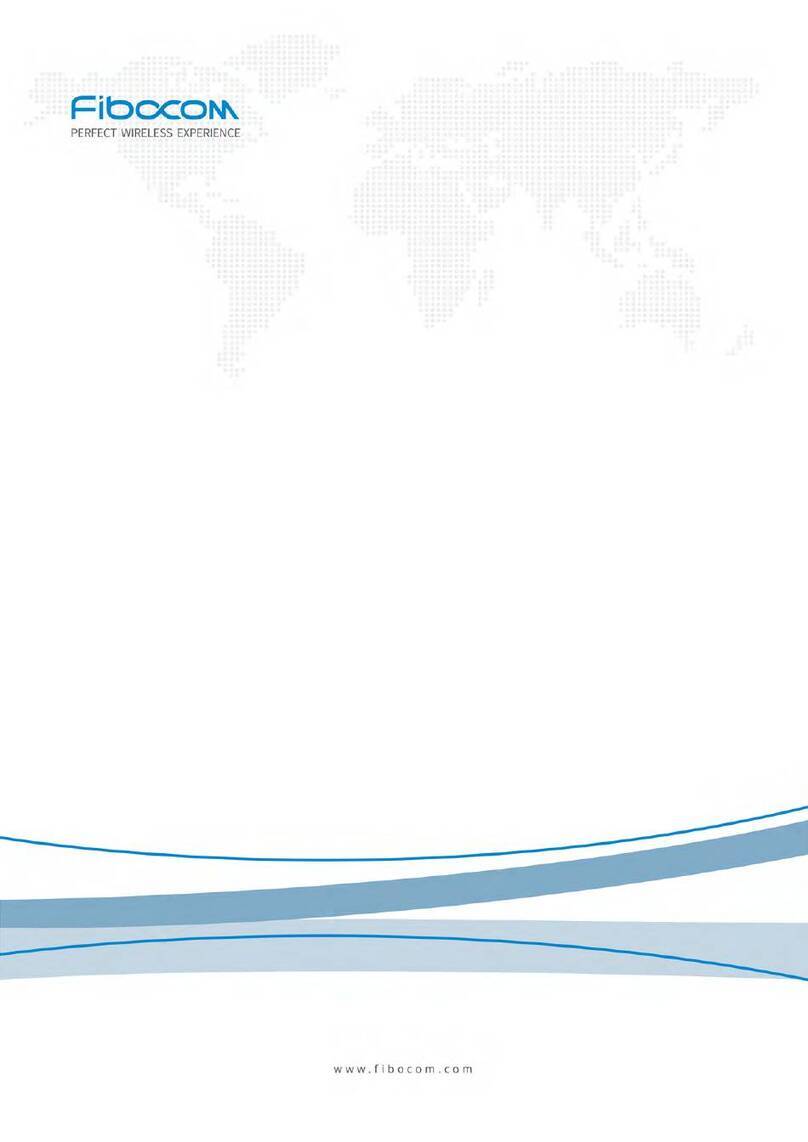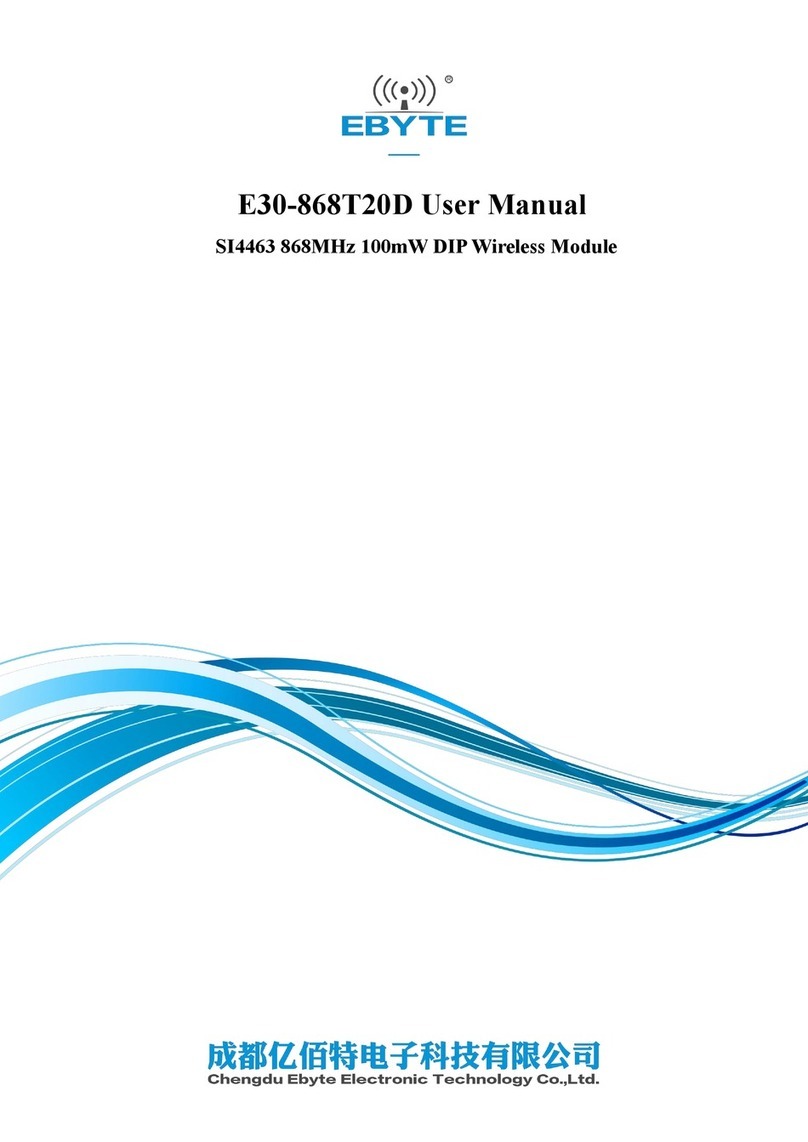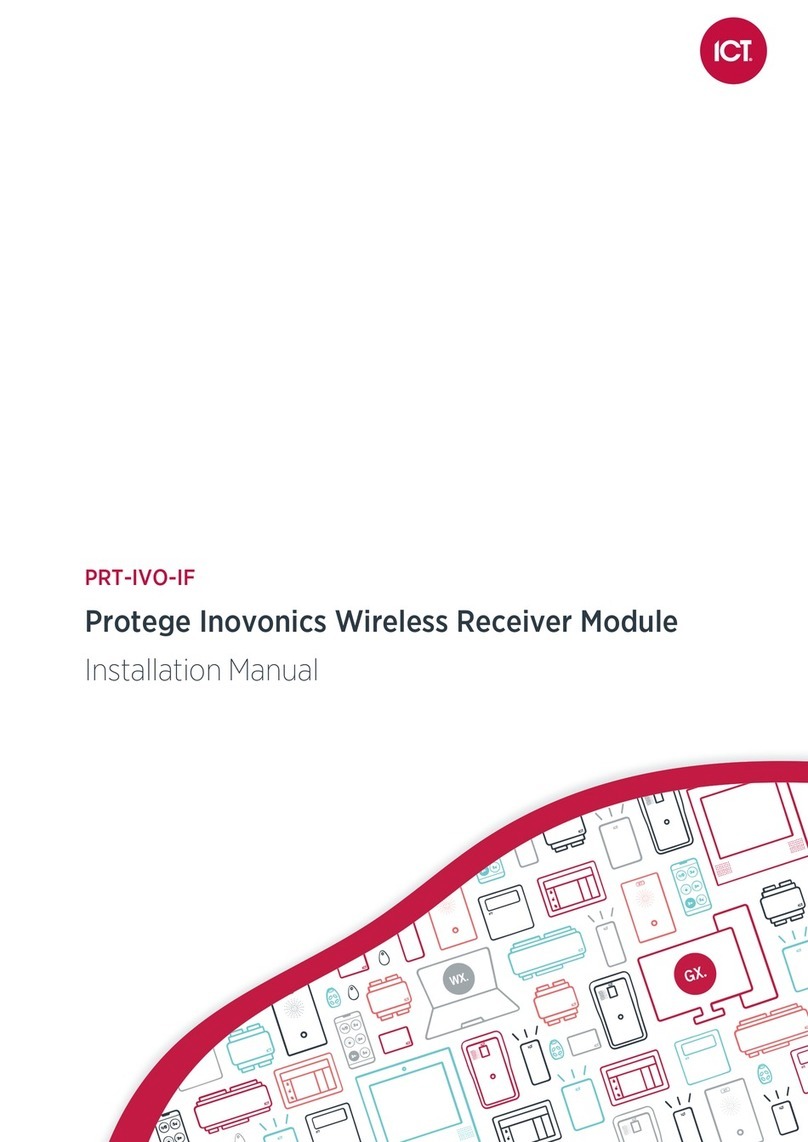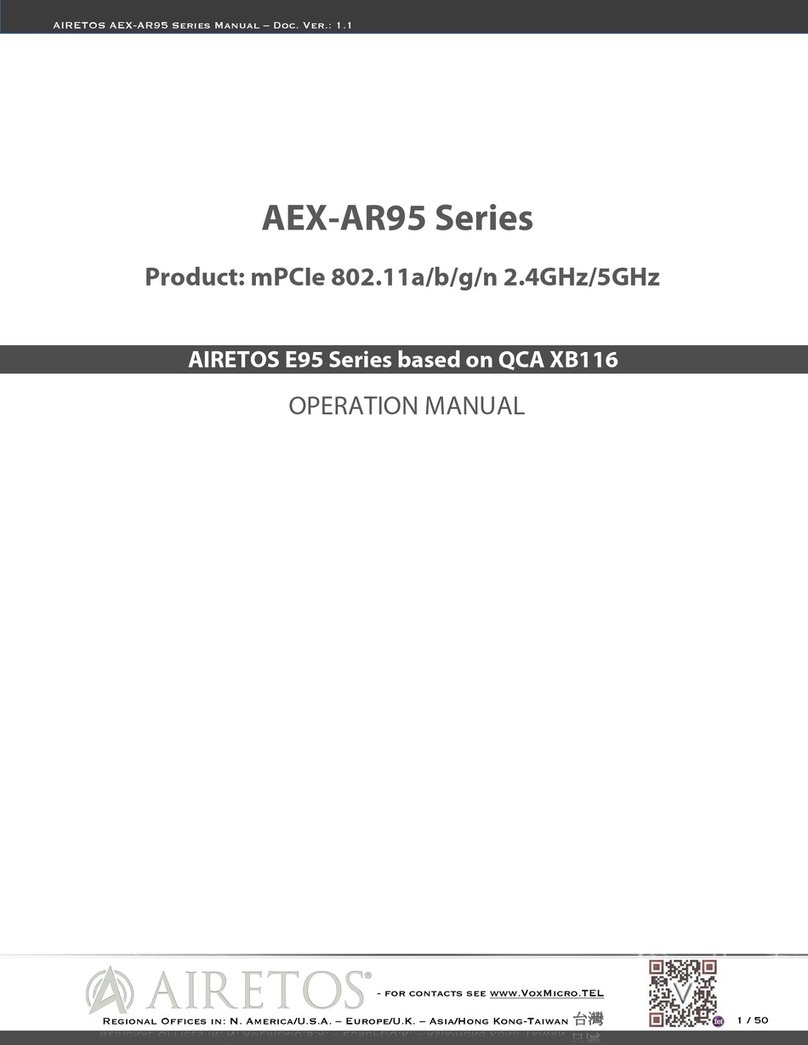Wi-Fi&Bluetooth Module Series
FC908A_Hardware_Design 5 / 49
Contents
Safety Information...................................................................................................................................... 3
About the Document.................................................................................................................................. 4
Contents...................................................................................................................................................... 5
Table Index.................................................................................................................................................. 7
Figure Index................................................................................................................................................ 8
1Introduction......................................................................................................................................... 9
1.1. Special Mark ............................................................................................................................ 12
2Product Overview ............................................................................................................................. 13
2.1. General Description................................................................................................................. 13
2.2. Key Features............................................................................................................................ 13
2.3. Functional Diagram.................................................................................................................. 15
2.4. EVB.......................................................................................................................................... 15
3Application Interfaces ...................................................................................................................... 16
3.1. General Description................................................................................................................. 16
3.2. Pin Assignment........................................................................................................................ 17
3.3. Pin Description......................................................................................................................... 18
3.4. Power Supply........................................................................................................................... 20
3.4.1. Power Supply Pins Introduction.................................................................................... 20
3.4.2. Buck Circuit Pins Introduction....................................................................................... 22
3.5. WLAN Application Interface..................................................................................................... 23
3.5.1. SDIO Interface.............................................................................................................. 23
3.5.2. WLAN_EN..................................................................................................................... 25
3.5.3. WLAN_WAKE............................................................................................................... 25
3.5.4. Introduction of WLAN Pin Multiplexing Function.......................................................... 26
3.6. Bluetooth Application Interface................................................................................................ 27
3.6.1. UART Interface............................................................................................................. 27
3.6.2. BT_EN .......................................................................................................................... 28
3.6.3. BT_WAKE_HOST and HOST_WAKE_BT................................................................... 29
3.6.4. PCM Interface............................................................................................................... 29
3.7. Other Interfaces ....................................................................................................................... 30
3.7.1. WLAN_SLP_CLK.......................................................................................................... 30
3.7.2. XTAL_IN/OUT............................................................................................................... 31
3.7.3. GPIOs........................................................................................................................... 31
3.8. RF Antenna Interfaces............................................................................................................. 31
3.8.1. Operating Frequency.................................................................................................... 32
3.8.2. Pin Definition of RF Antenna Interface......................................................................... 32
3.8.3. Reference Design......................................................................................................... 32
3.8.4. Reference Design of RF Routing.................................................................................. 33
3.8.5. Requirements for Antenna Design ............................................................................... 35
3.8.6. RF Connector Recommendation.................................................................................. 36

